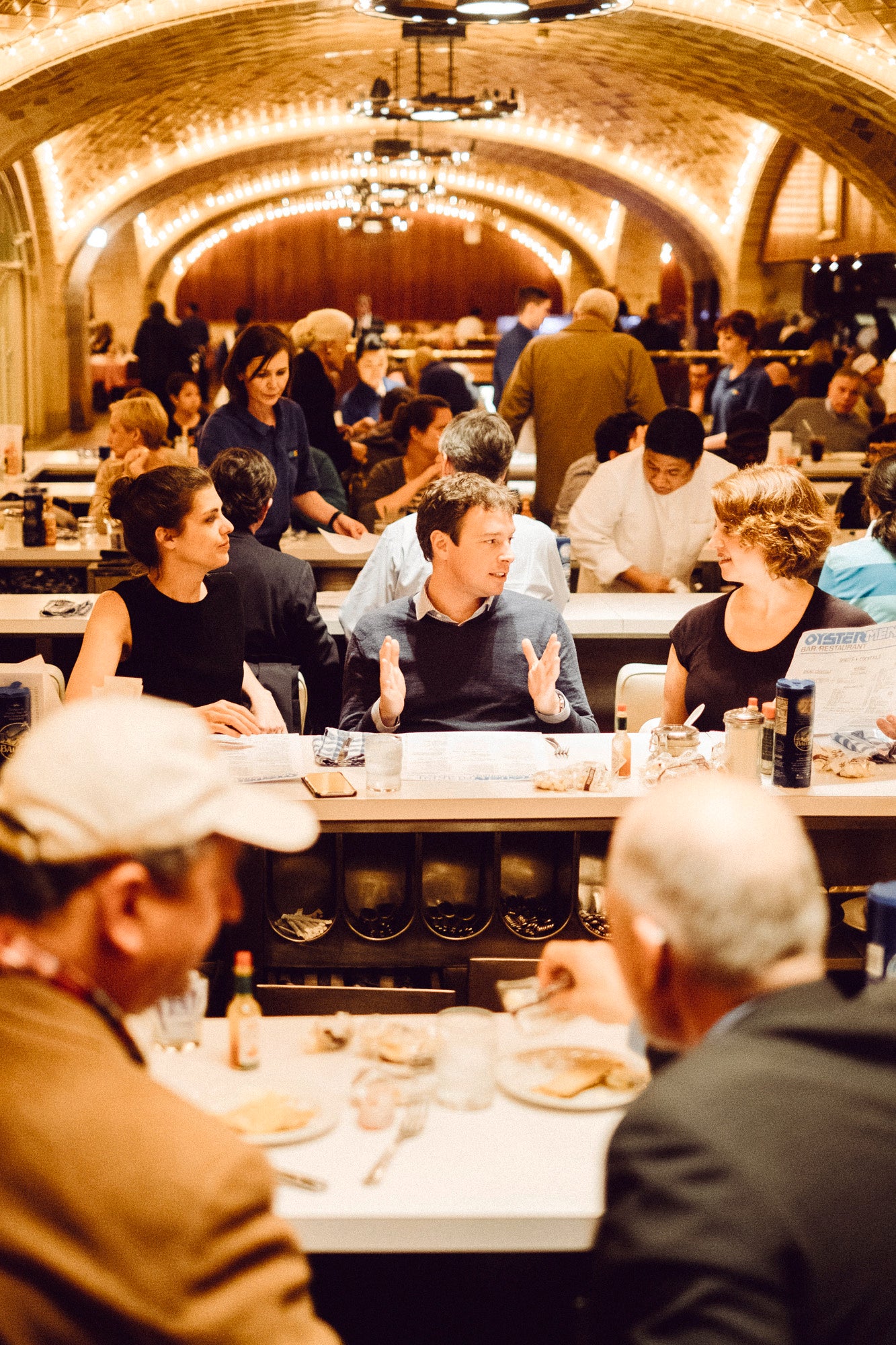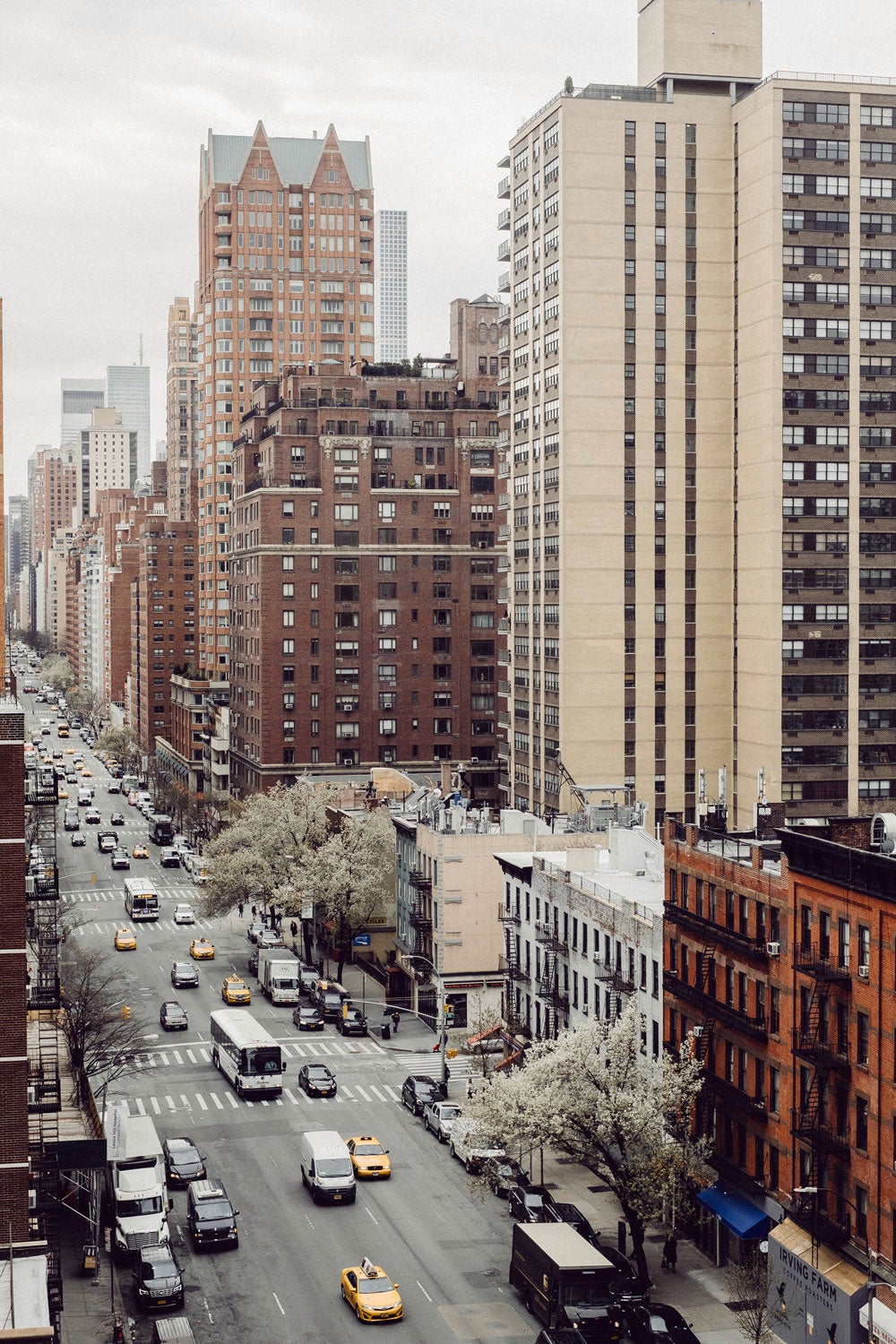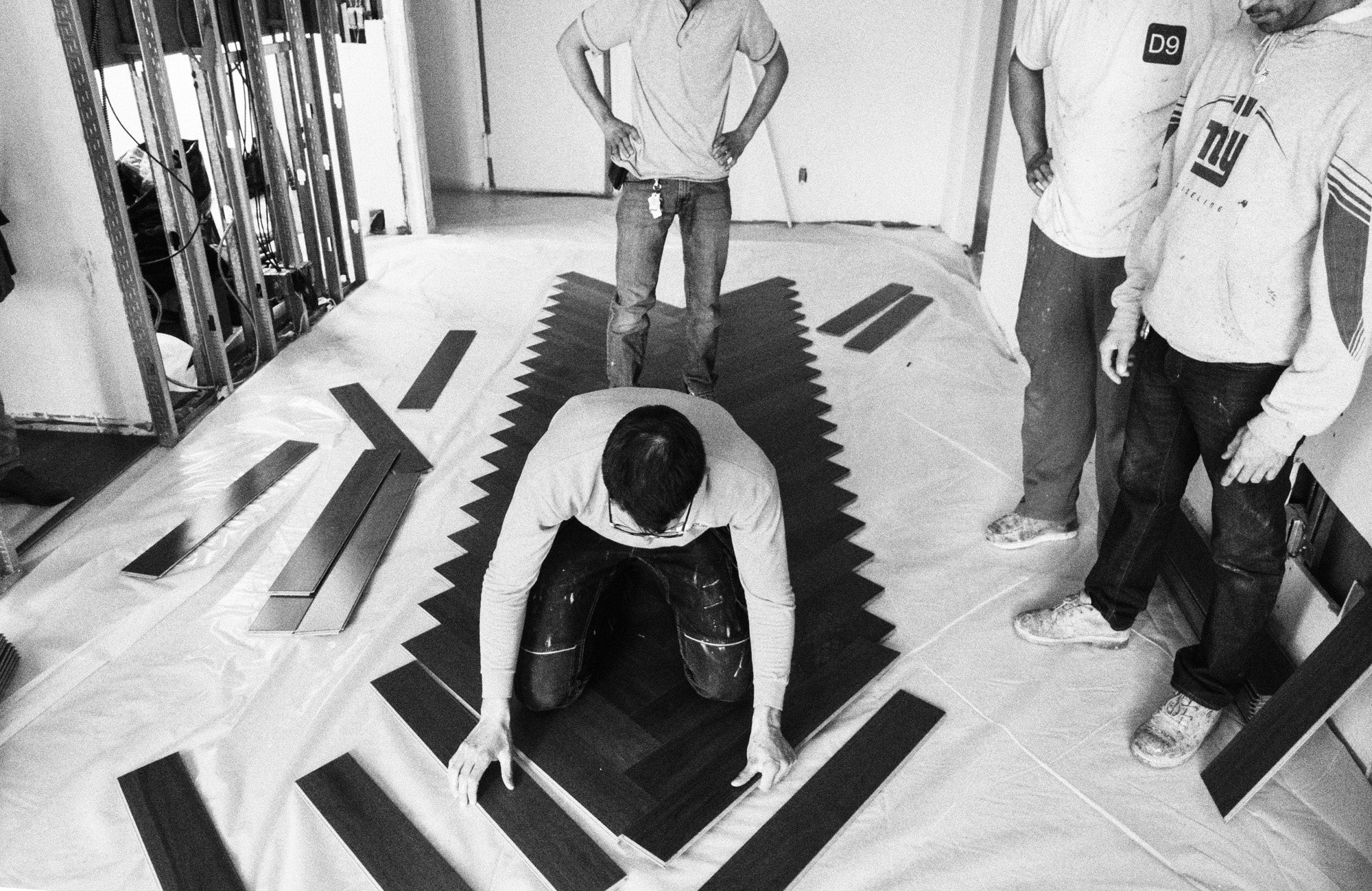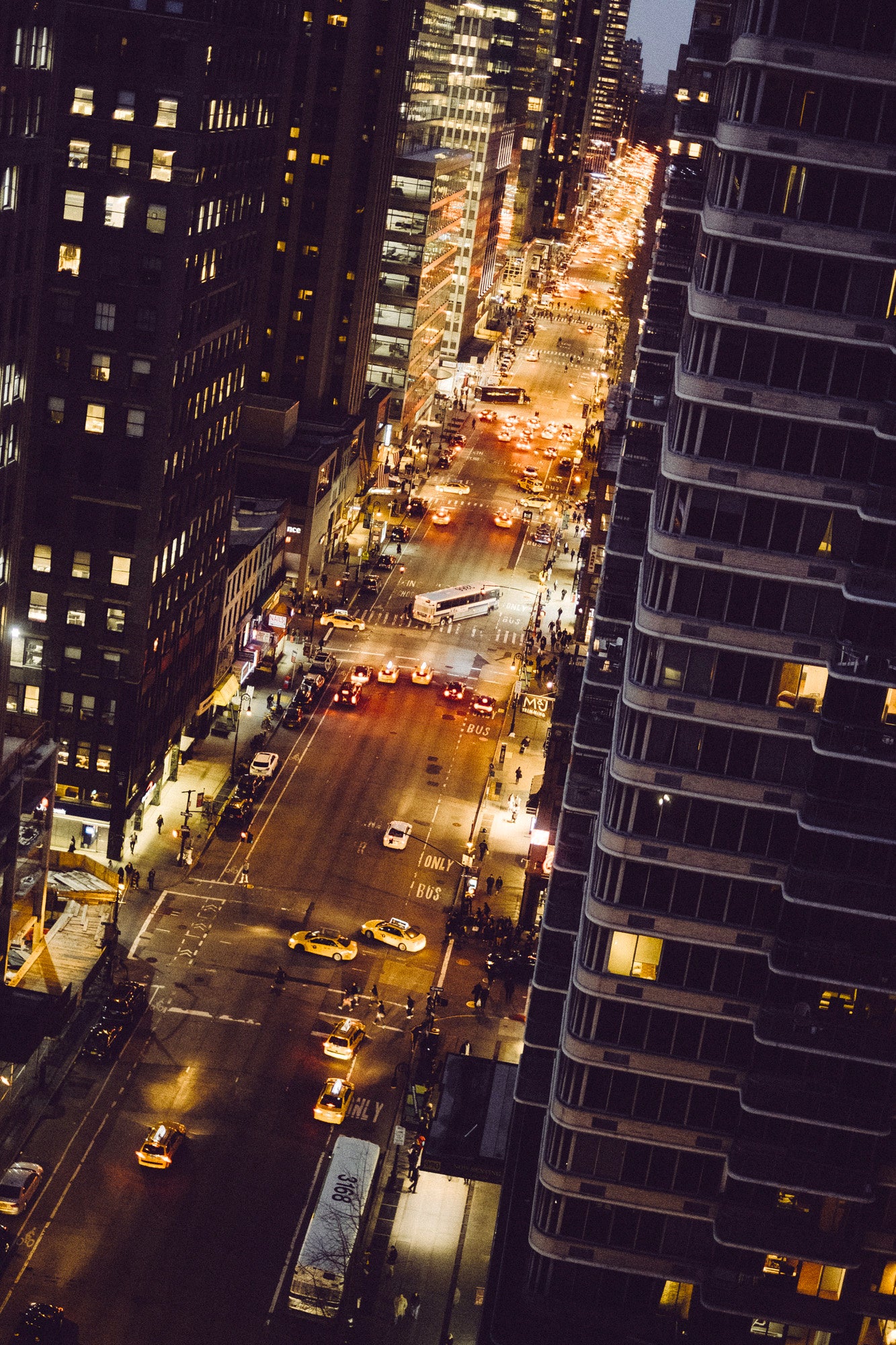- date
19 May 2022
- tag
Trends

A Designer’s Source for Innovative Materials.’ This is how Robin Reigi describes the New York company that bears her name. For the past 20 years Robin Reigi Inc. has represented manufacturers, artists and producers with something unique to offer. “Everything that we have here is innovative in some way or another,” Robin explains. “That is the common thread running through our collection.” For Jennifer Daly, Robin’s right hand for the past 15 years, innovation goes beyond all hype. “The aesthetic side is subject to trends, but if a product is revolutionary, it doesn’t matter what it looks like.”
Pictures section

Both women try to follow, predict and even create the new trends, all the while having their own individual opinions. In Robin’s view we are currently going through the final stages of the trend created by the recession. “Everything has to be very modest and honest,” she says. “People want sanded wood, rough surfaces, subway tiles, exposed brickwork, things with a warm and cosy aura.” The budgets are gradually allowing more space for other options, even if the preference for natural materials will remain. On the contrary, because sustainability is increasingly popular, the customer will continue to opt for it in the future. “But we will see an evolution in the colour palette,” Robin believes. “The darker shades will make way for lighter, brighter, softer and more bleached colours. The Scandinavian look is emerging into its own. We aim to help stimulate this trend and the beautifully composed veneered panels collection Nørdus for example is an excellent tool to support us.”
Jennifer agrees with Robin regarding the preference for natural materials, but she does not believe new trends will take over. “I think that we are still in a period where classical modernism is the major source of inspiration,” she suggests. “I do not see a sudden end to this, nor should there be, because the style relies on entirely sound design principles.” Both women agree that New York architects are at the moment more concerned with colour than with wood varieties. “White oak was the last type of wood that New York fell for en masse,” Robin says. “It is still the most popular. American walnut has also done well, but at the moment there is no new type that everyone is looking for.”
Pictures section


As senior interior designer at architecture and design company CallisonRTKL, he investigates trends in the design market and fashion world, interprets them into conceptual designs with the aid of dedicated teams and presents them to his customers. “Over the past few years we have seen an immense shift,” he relates. “Not that long ago sustainability was still seen as an expensive idea and a waste of time, but now it is something that companies really want. They even use it for their marketing, as part of their brand story. It helps that the public also attaches greater value to sustainability. If businesses don’t want to be pushed aside, they will have to follow.”
Choice of materials reflects this shift, Clayton continues. Closed off offices in white laminate are a thing of the past. “We are pushing for the spaces to be opened up,” he says. “Let the light in, lower the dividing walls. The sterile office space is increasingly acquiring a more residential feel, often with recycled materials. For example I think of a building where we turned the beams from the floor into steps in the stairs.” Like Robin and Jennifer, Clayton predicts that the use of wood will evolve with respect to the colour palette, but he goes completely in the other direction. “The trend today is literally 50 Shades of Grey,” he says with a smile. “Silver-grey, warm grey, cool grey, and always with an open-pore finish that emphasises the authentic wood. In my view, following on from American walnut and grey, black will be the next step.”
Pictures section

